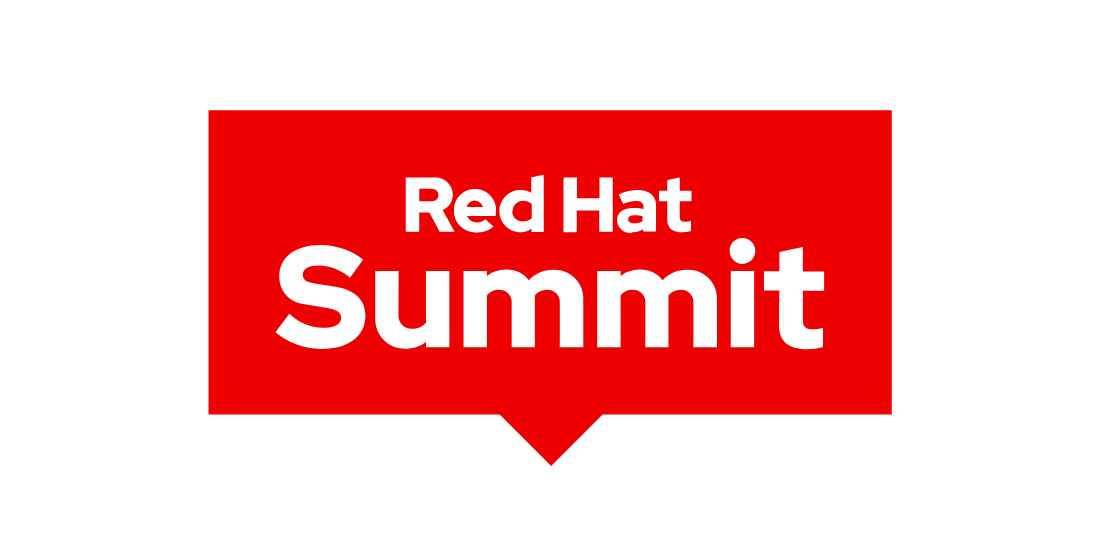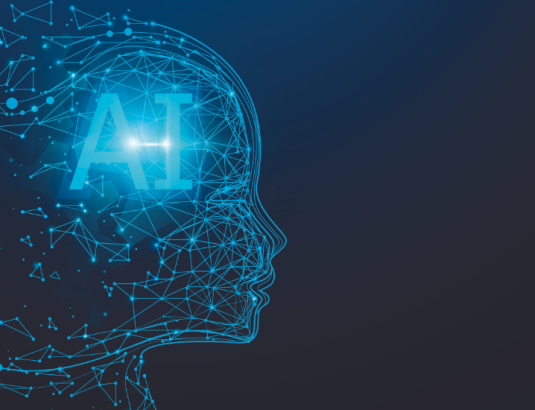


“Red Hat Summit”: 8+1 Key Takeaways
During the Red Hat Summit 2023, the company made several significant announcements, all focused on improving the developer experience and streamlining application development. The Red Hat Summit 2023 was a highly technically focused event that demonstrated a strong vision for solving organizational challenges. The company’s aim of automation was still very much in place, and a variety of innovations and tools were provided for developers to help them create, release, and deploy applications more effectively.
- Hybrid Cloud Application Networking: Red Hat Hybrid Cloud Application Networking refers to the networking architecture and infrastructure that enables the seamless communication and connectivity between applications and services across various platforms, such as clouds, containers, virtual machines, and bare metal, while also protecting data and enabling application mobility in a dispersed cloud environment.
- Developer Tools: The Red Hat Developer Hub and Red Hat Backstage plugins integrate with Git and Jenkins, allowing the Backstage developer portal to give a consistent developer experience across platforms such as physical, virtual, hybrid hyperscalers, and OpenShift.
- Security: Red Hat Advanced Cluster Security Cloud Service, , safeguards Kubernetes deployments in hybrid settings.
- Artificial Intelligence: Red Hat OpenShift AI extends Red Hat OpenShift Data Science’s capacity to scale AI innovation, provide consistency in cloud-to-edge deployments, and manage the whole lifecycle for IBM Watson and Ansible Lightspeed.
- Management Tools: RHEL management with Red Hat Insights allows teams to monitor cloud health from a browser via redhat.com, providing a single management experience.
- Linux Migration: A RHEL update for third-party Linux migration was announced, aiming to maintain consistency when upgrading from CentOS to Linux 7, with access to developer subscription and Convert2RHEL tooling and customizations.
- Software Supply Chain Security: The Red Hat Trusted Software Supply Chain solution incorporates security safeguards across the software development life cycle.
- Automation: Ansible Lightspeed (previously Project Wisdom) provides domain-specific AI focusing on automation, while Event-Driven Ansible (EDA) focuses on service delivery and automated decision-making.
- Container Tools: The community edition of Podman Desktop was released, which is intended for application developers who use containers and Kubernetes. It may be installed and executed in any container or pod, connecting local and remote OpenShift clusters.
Red Hat’s unified technology stack is intended to align the learning curve from on-premises to edge to cloud, maximizing application automation and deployment. This is especially important in an era when the vast majority of enterprises operate workloads on two or more cloud service providers, and many are struggling with the complexity of a multi-cloud, multi-location world. Red Hat might decrease the strain on enterprises and make their technical personnel more productive by potentially eliminating the need for IT and developers to learn alternative ways of designing, distributing, and deploying applications.




